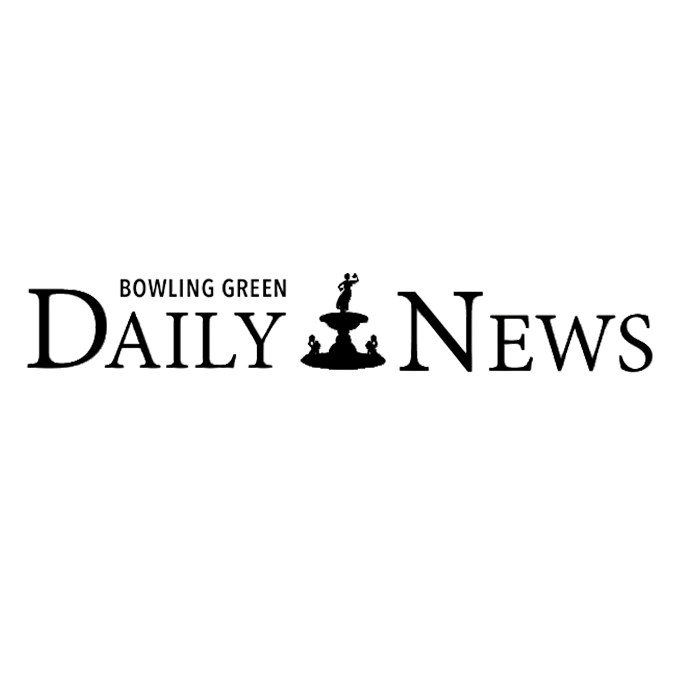Down the Honey Krust rabbit hole
Published 6:00 am Saturday, July 26, 2025

- Wes Swietek
Recently our friend James Snider of the Simpson County Historical Society shared a picture of a plaque from the Honey Krust bakery that was donated to the Society.
The “Honor Roll” plaque salutes employees serving in the military and is almost certainly from the World War II era. But there was no other information about the plaque.
A little research led to a proverbial rabbit hole full of interesting tidbits.
Trending
The plaque itself makes sense as the company ran large newspaper ads thanking its employees in service throughout the 1940s.
Honey Krust bread had been a staple in Kentucky kitchens since what became the Grocers Baking Company of Louisville began making it in the early 1900s.
Ads for the bread boasted it was made with “pure, rich milk and cream (and) honey fresh from the orange blossoms of California.”
The growing popularity of the bread led the company to open a bakery in Bowling Green in 1936.
And what a bakery it was. The company hired noted architect James Maurice Ingram to design the art-deco facility. Also built was an adjoining “Hostess House” for community and private events.
The bakery was a popular tourist attraction; so much so that the company ran an advertisement in the Daily News announcing that people could call to obtain a ticket to tour the bakery on Monday evenings. Tour-goers also went home with a freshly baked double loaf of bread in the trademark bright-orange wrapper.
Trending
For the next several decades, the bakery was a prominent fixture in Bowling Green. Almost daily events were held at the Hostess House, and the Honey Krust “Bakers” were a force in the city’s adult basketball league, where they battled local teams like Warren County Hardware, Coca-Cola, Charles Store and Seven-Up. The bakery also sponsored a local bowling team.
By 1939, the bakery employed 56 people. Even during the war years, the bakery expanded. By 1943, it had 70 employees baking 3,000 loaves of bread an hour. Dozens of trucks left Bowling Green each morning to deliver the bread across 30 counties.
According to a Daily News article from the time, some two dozen local employees were serving in the military.
While the bakery ran ads thanking its employees in service, the plaque from the Simpson Historical Society seems likely to be what was hung in the bakery (although whether it was in Bowling Green or at one of the other bakeries is unknown).
In 1946, bakeries across the country faced a wheat shortage as the crop was being sent in massive amounts to Europe to battle post-war hunger.
Local Honey Krust bakery manager Ray Branaman told the Daily News the company had to slash production by 30% while also raising prices one cent per loaf.
In 1960, the Colonial Baking Company took over Honey Krust’s parent company, and the Bowling Green bakery started producing Colonial bread.
To mark the occasion, a faux wedding was held at the Olde Fort Restaurant, with the bride, “Miss Honey Krust,” portrayed by “beauty queen” Linda Davis and the groom portrayed by a Colonial representative.
Eventually, the bakery closed about a decade later and the building stood vacant for many years until purchased by the On Target Cleaning and Restoration business in 2022.
Doing the research for this week’s column produced a craving for some Honey Krust bread. For those of you lucky enough to have had it, I would love to know how it tasted.
Feel free to reach out to the email below and let me know, and, as always, thanks for reading.
– Wes Swietek is the Managing Editor of the Daily News. He can be reached at wes.swietek@bgdailynews.com





